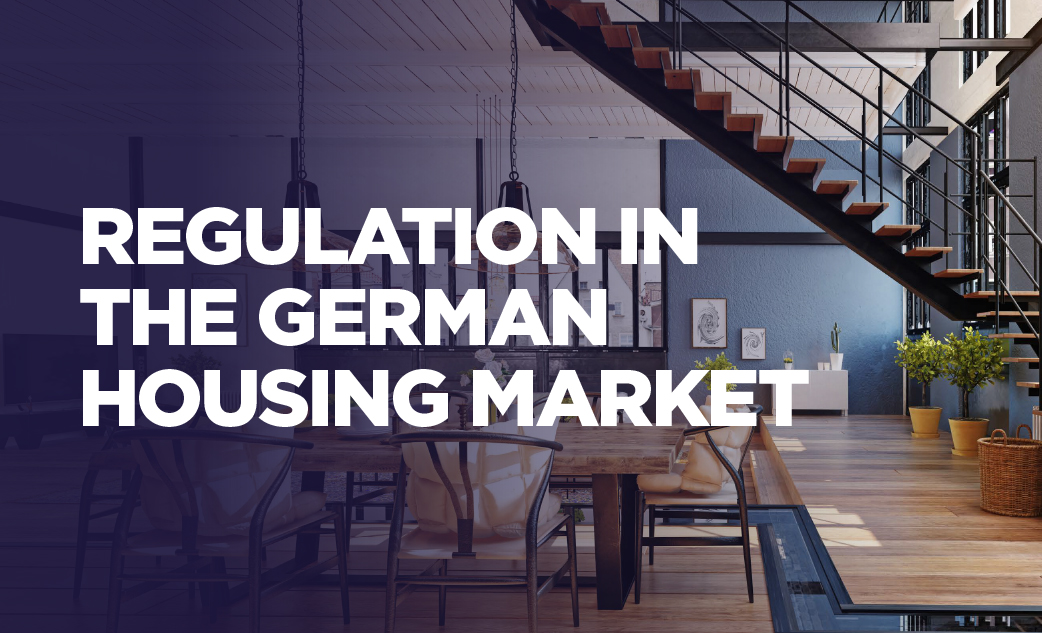Germany is a rental market. And with around 42.8 million households and a home ownership rate of only about 50 percent, it is actually the largest in Europe. These are per se good conditions for investors in residential real estate – both nationally and internationally. Added to this is the further increase in demand for housing in large cities and metropolitan regions as a result of urbanisation. It is this demand overhang in particular, which has become increasingly clear in recent years, which has led to a noticeable increase in rental prices in locations such as Munich, Frankfurt and Stuttgart.
But how does the future look? Where is the most growth potential? Information about this can be provided by the regional rent burden, the proportion of net rent relative to monthly household net income. And according to official statistics, this has steadily increased in recent years, from around 17.1 percent in 2011 to 21.8 percent in 2021. That doesn't sound like much more at first, but in this context you have to ask yourself what level the burden is already at and whether there is still room for increase. Together with the opinion research company Civey, we have surveyed approx. 4,000 tenants throughout Germany asking what percentage of their household net income is spent on rent.
Who is most affected by a high rent burden? Are there regional differences? And what does this mean for investors' future goals? Jan-Bastian Knod, Head of Residential Advisory Capital Markets, gives an insight into the results. A short interview:








